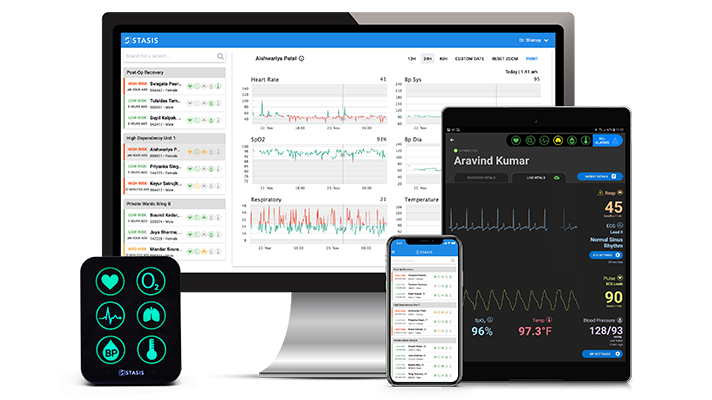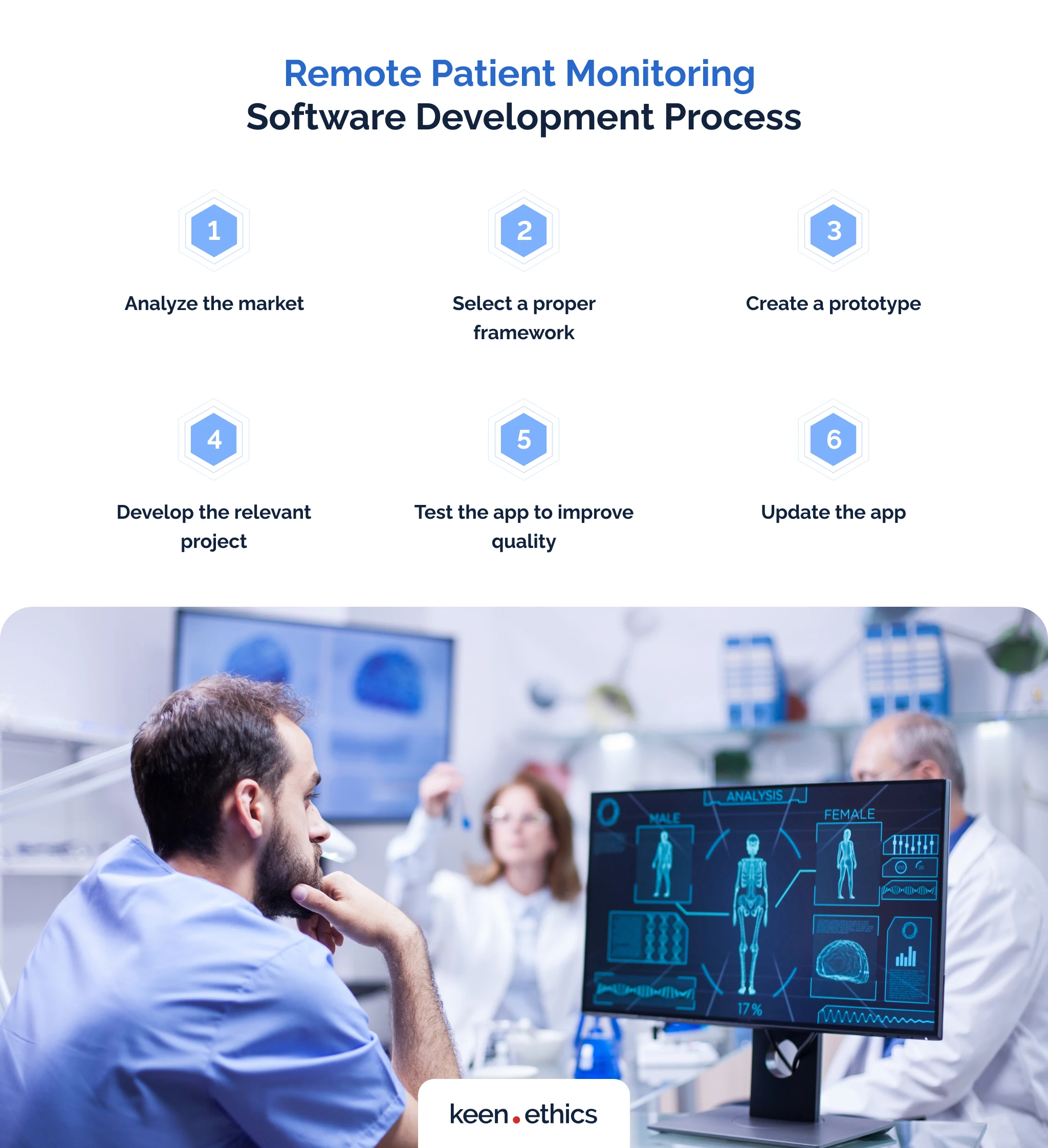The Future of Health Care: Remote Patient Keeping An Eye On Simplified
As health care proceeds to advance, one area that holds immense pledge is remote client tracking. The principle of streamlining this procedure through technological improvements is improving the means care is provided and gotten. With an emphasis on boosting person outcomes and improving health care distribution, remote surveillance is positioned to revolutionize the industry. By exploring the advantages, technological developments, and future trends in this field, we can acquire important insights into the transformative capacity of remote client tracking.
Advantages of Remote Patient Surveillance
Remote individual tracking offers a plethora of advantages for both medical care providers and people alike. Additionally, remote person monitoring improves the general top quality of care by supplying an extra holistic and thorough sight of clients' wellness standing past standard in-person check outs.
Additionally, remote person tracking can bring about improved patient results and satisfaction. Patients can take pleasure in the benefit of receiving care in the comfort of their very own homes while still knowing that their health and wellness is being closely kept an eye on. This can result in raised client involvement and adherence to therapy plans, inevitably causing much better health results. Moreover, remote monitoring can minimize the requirement for frequent medical facility check outs, decreasing medical care costs for both clients and carriers. On the whole, the benefits of remote patient monitoring are clear, making it an important device in modern-day healthcare delivery.
Modern Technology Driving Remote Tracking
In the realm of contemporary healthcare, technical advancements play a critical duty in driving the advancement and performance of remote patient tracking. The combination of cutting-edge modern technologies such as wearable devices, mobile applications, and cloud-based systems has transformed the method healthcare providers from another location check and handle person health - remote patient monitoring software. These technologies make it possible for continuous real-time monitoring of vital indicators, drug adherence, and various other crucial health and wellness information, permitting timely interventions and individualized care plans
One key technology driving remote surveillance is the Web of Things (IoT), which enables smooth connectivity in between clinical gadgets and medical care systems. IoT gadgets such as smartwatches and cordless sensing units send and gather patient data to central systems, helping with remote tracking from throughout the world. Expert system (AI) and machine knowing formulas additionally boost remote surveillance by analyzing large quantities of client information to detect patterns, predict health and wellness trends, and sharp medical care carriers to prospective concerns.
Effect on Medical Care Shipment
With the assimilation of innovative technologies driving remote individual tracking, the influence on medical care delivery is ending up being transformative and progressively extensive. Remote person tracking enables health care service providers to supply more aggressive and personalized like patients, leading to enhanced health and wellness outcomes and decreased hospital admissions. By remotely tracking important indicators, signs and symptoms, and medicine adherence, medical official statement care specialists can interfere early, preventing complications and improving the overall high quality of treatment.
Furthermore, remote monitoring improves access to medical care services, particularly for people in underserved or country locations. Clients can get continual surveillance and assistance from their homes, getting rid of the need for constant in-person visits. This not only saves time and minimizes costs for both people and medical care facilities yet also reduces the threat of direct exposure to transmittable illness, a critical consideration in the existing health care landscape.
In addition, remote person tracking makes it possible for healthcare companies to much better designate sources and prioritize treatment based upon real-time information. By determining risky individuals and intervening immediately, medical care distribution becomes extra efficient and reliable, inevitably resulting in an extra sustainable and patient-centered health care system.
Improving Patient End Results

Additionally, RPM enables for aggressive administration of chronic conditions, lowering the likelihood of intense worsenings and hospital readmissions. Individuals gain from raised ease and convenience, as they can get care in their own homes while remaining attached to their health care suppliers. This constant tracking not only boosts individual fulfillment but also cultivates a sense of empowerment and engagement in their very own health and wellness management.
Future Trends in Remote Monitoring
Welcoming innovative technologies in remote person tracking is shaping the future landscape of medical care shipment. The future trends in remote surveillance are expected to change the method healthcare is given, making it much more efficient and patient-centric. One significant fad is the enhanced use wearable gadgets and sensing units to gather real-time information, allowing healthcare suppliers to keep track of people constantly without the demand for regular in-person visits. These his response gadgets can track vital indications, medication adherence, and task degrees, offering a thorough view of the person's health and wellness status.

Furthermore, telehealth systems are coming to be a lot more innovative, allowing for online appointments, remote diagnosis, and remote client checking all in one integrated system (remote patient monitoring platform). This holistic method to remote surveillance is streamlining health care shipment, improving person satisfaction, and ultimately, enhancing general high quality of treatment
Verdict
To conclude, remote patient monitoring offers various advantages in health care shipment, driven by improvements in innovation. It has the prospective to enhance individual results and reinvent the means medical care is supplied. Future trends in remote surveillance will certainly remain to form the landscape of medical care, giving possibilities for even more tailored and efficient patient care.
Remote patient surveillance offers a plethora of advantages for both health care suppliers and clients alike. Additionally, remote patient surveillance boosts the general quality of treatment by supplying a much more alternative and comprehensive sight of clients' health standing beyond typical in-person sees.
Furthermore, remote person tracking can lead to improved individual outcomes and satisfaction. Remote person tracking allows healthcare suppliers to offer more proactive and individualized care to patients, leading to enhanced health and wellness results and decreased health center admissions. Remote client tracking (RPM) plays a substantial function in enhancing individual results by offering continuous, real-time data that allows medical care suppliers to interfere without delay and readjust therapy plans as needed.